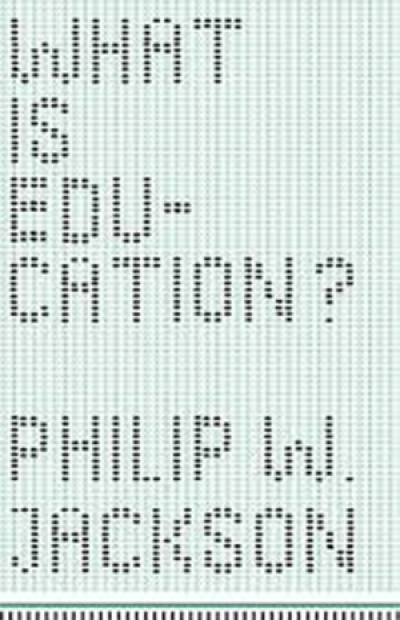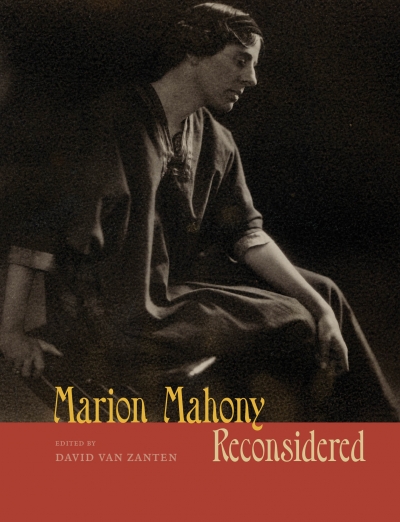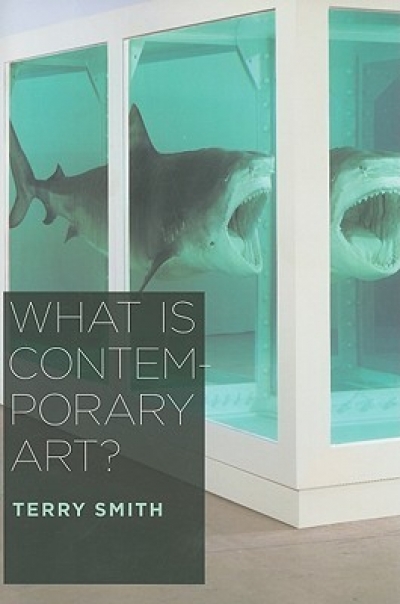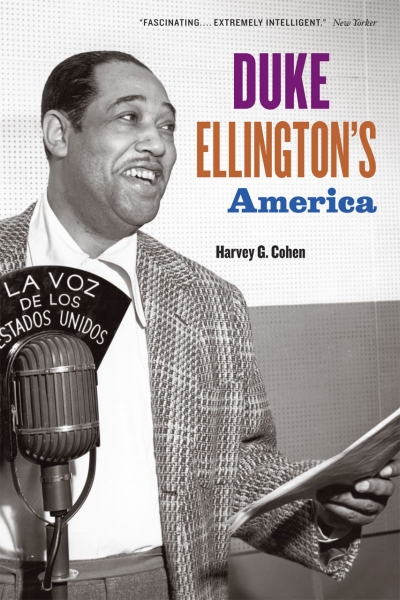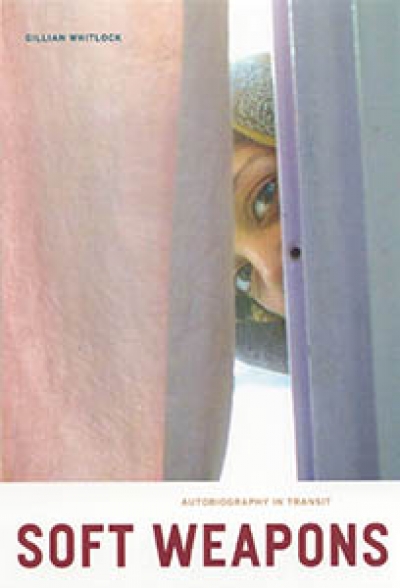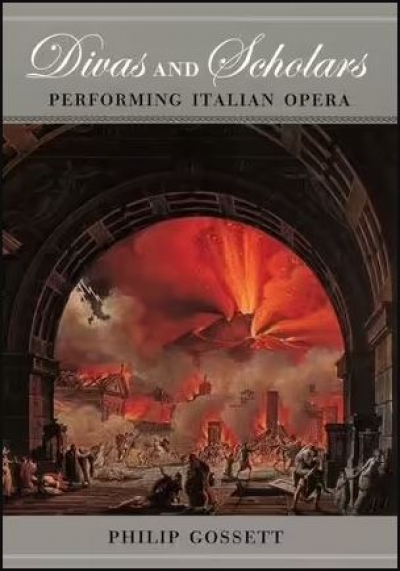Divas and scholars is the work of a scholar who is no stranger to the world of divas. Philip Gossett is a music professor at the University of Chicago and is principally in the business of preparing scholarly editions of nineteenth-century operas by Italian composers. We might think of the academic institution and the opera house as antithetical spaces, but Gossett is frequently called upon to advise and assist with the staging of works that belong to his area of expertise. In other words, not only does he know the operas of Rossini, Bellini, Donizetti and Verdi as historical artefacts and texts that take all manner of forms –fragments, drafts, complete manuscripts, variant manuscripts – but as phenomena that take shape on stage and in the orchestra pit in contemporary realisations that, as he argues, owe a responsibility to the fruits of scholarship. Divas and Scholars, then, is part personal and professional history, part history of nineteenth-century Italian opera (and operas in French by Italian composers), part manifesto, treatise on the transmission of opera and handbook for present-day singers, conductors and opera producers. In a happy coincidence, the author’s surname is a near-homonym for gossip, and this excellent book is leavened with timely and beautifully judged accounts of vanity, ignorance and arrogance: three vices which, while not indigenous to the opera house, are often depressingly at home within its gilded ambience.
...
(read more)


